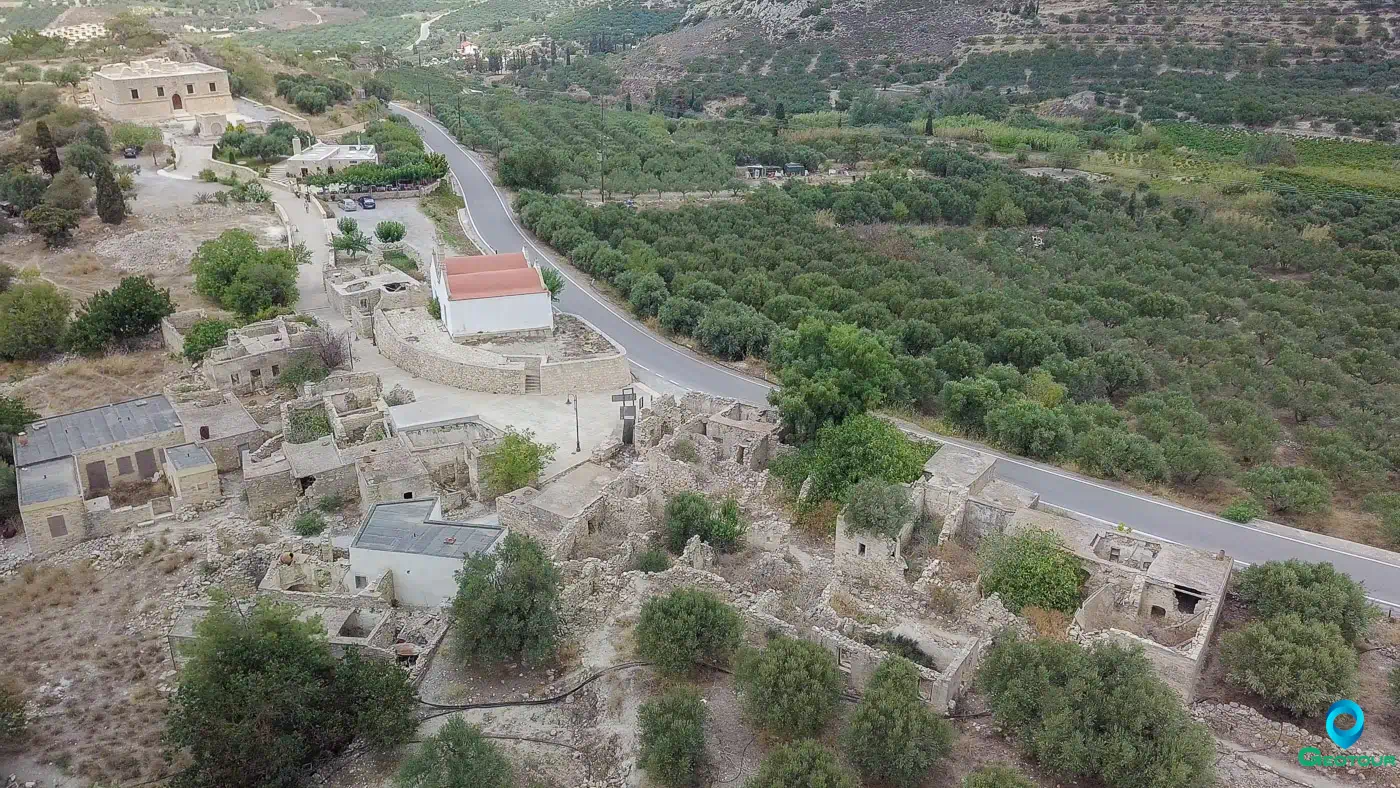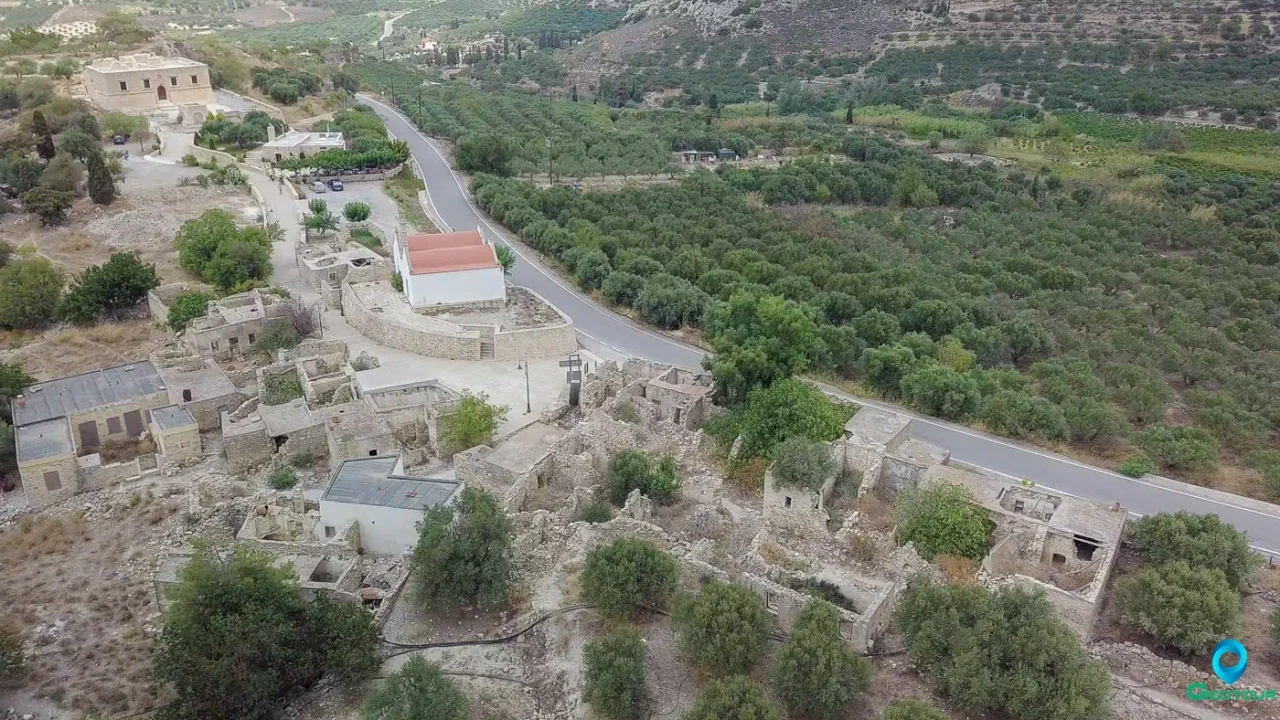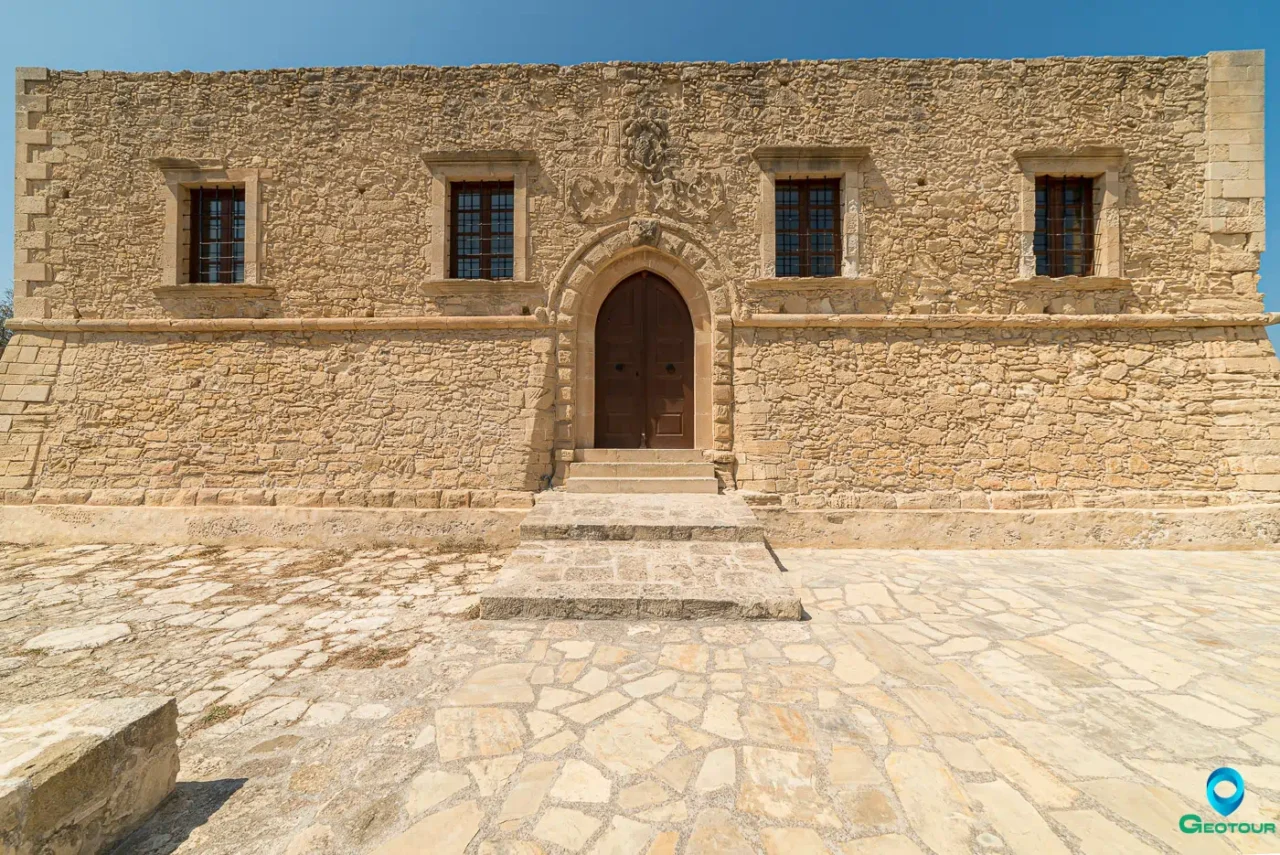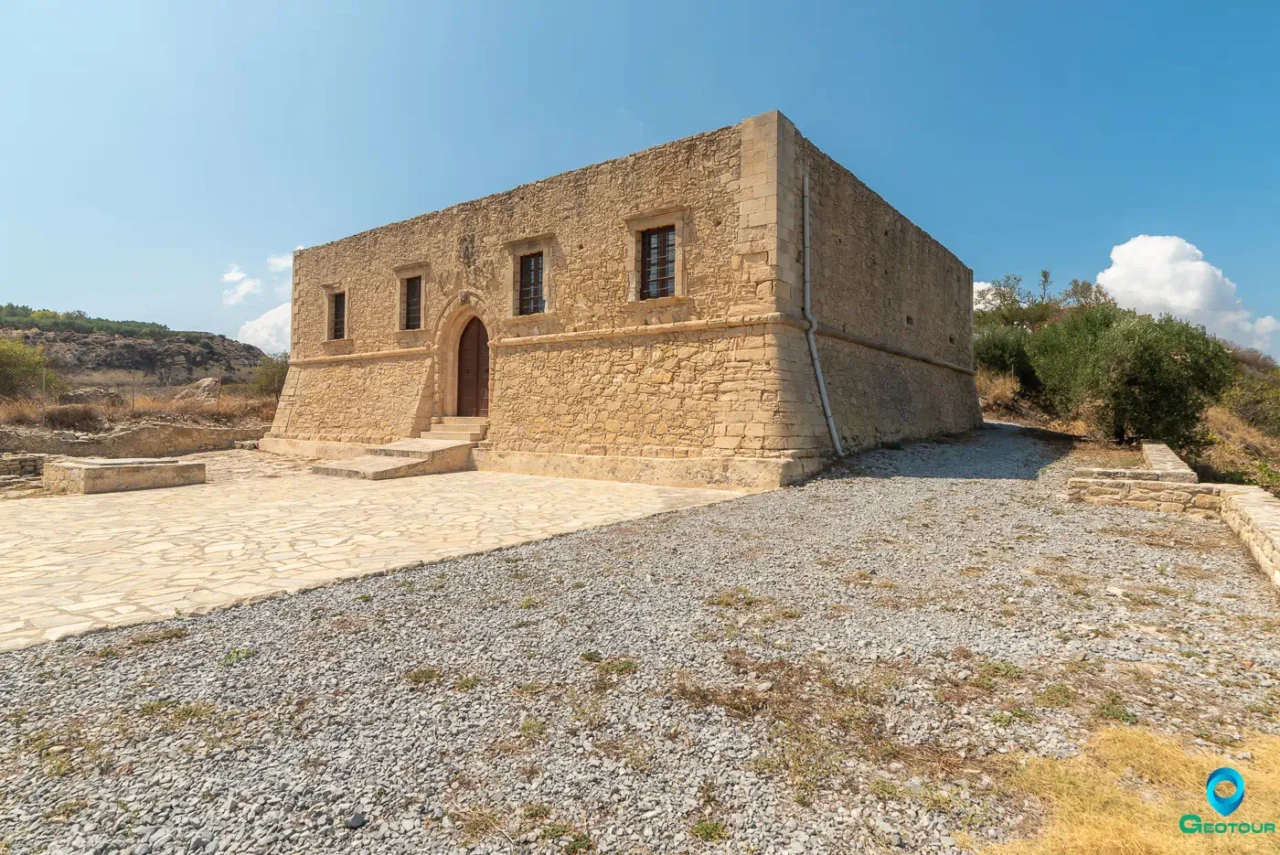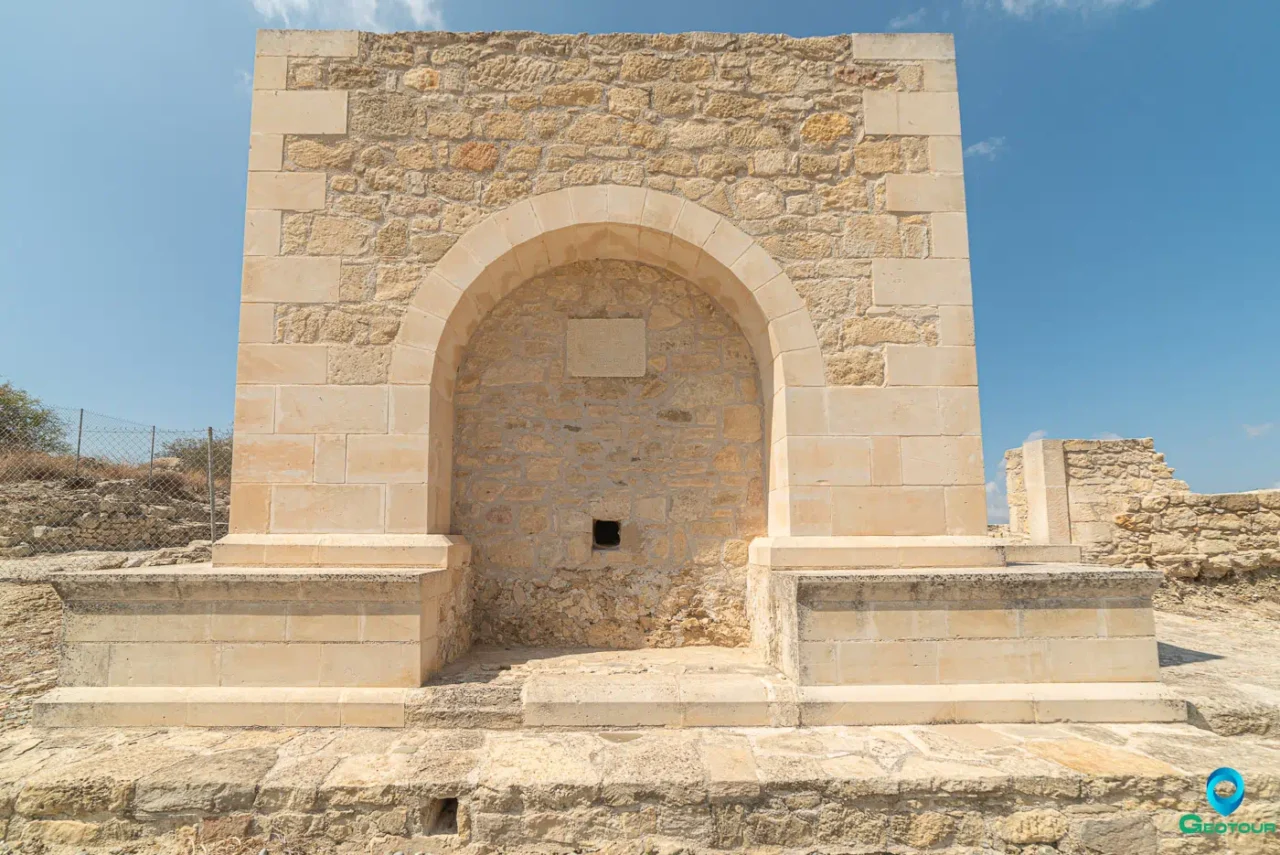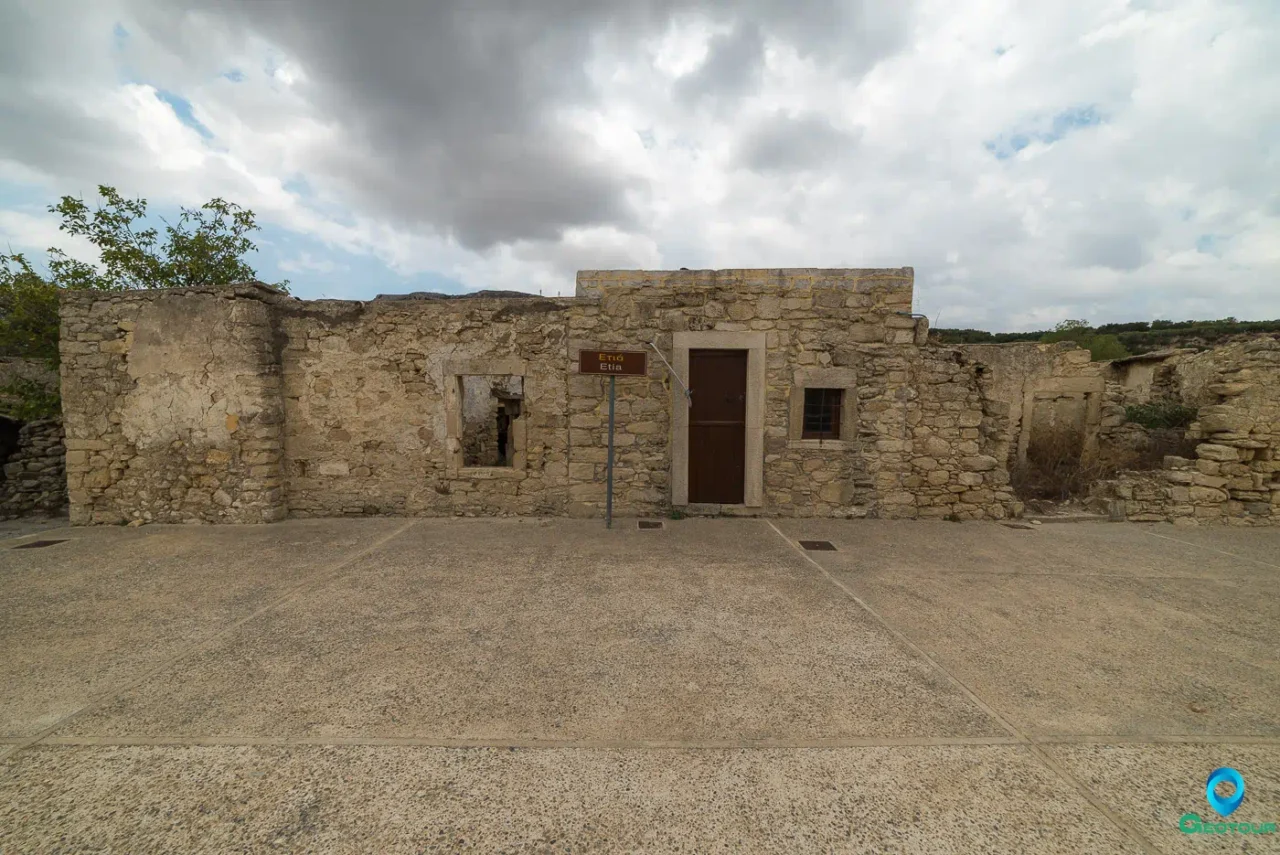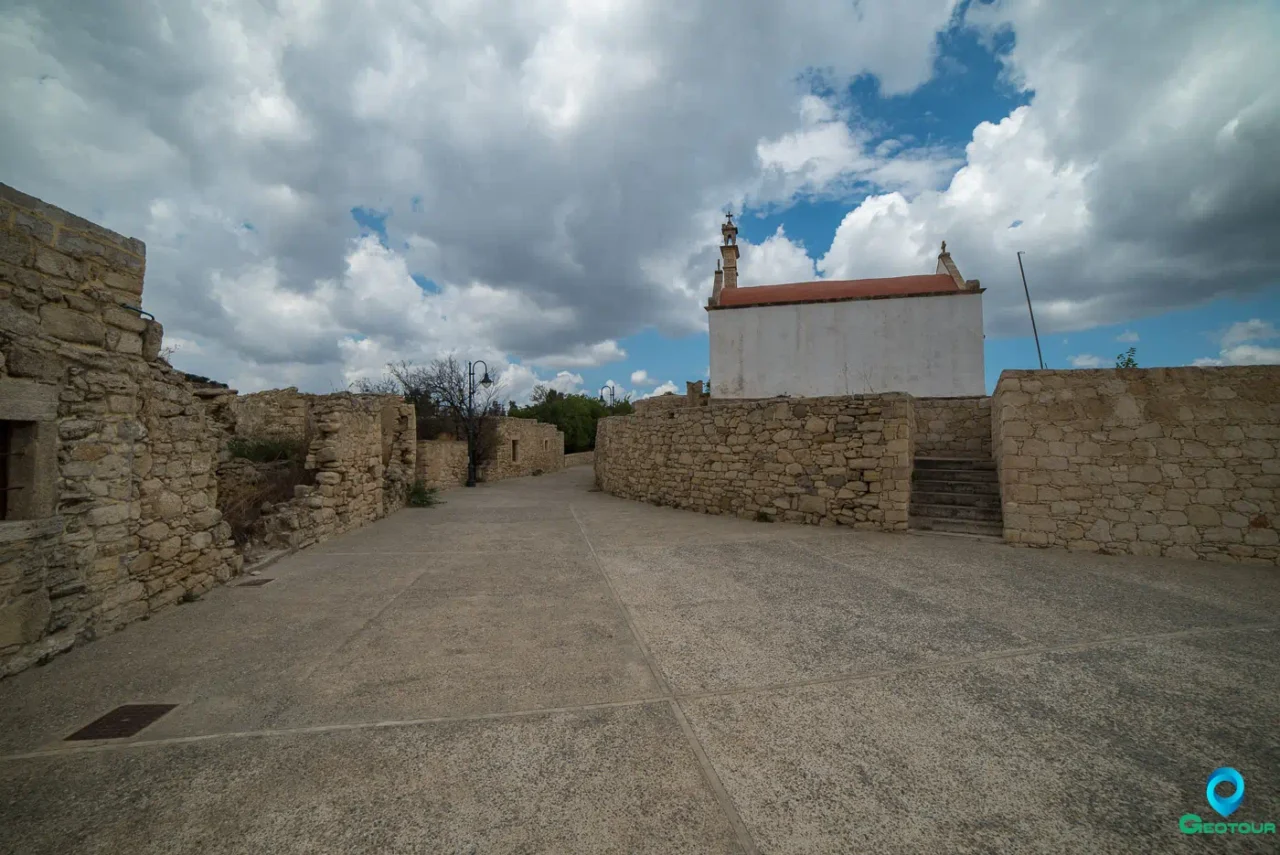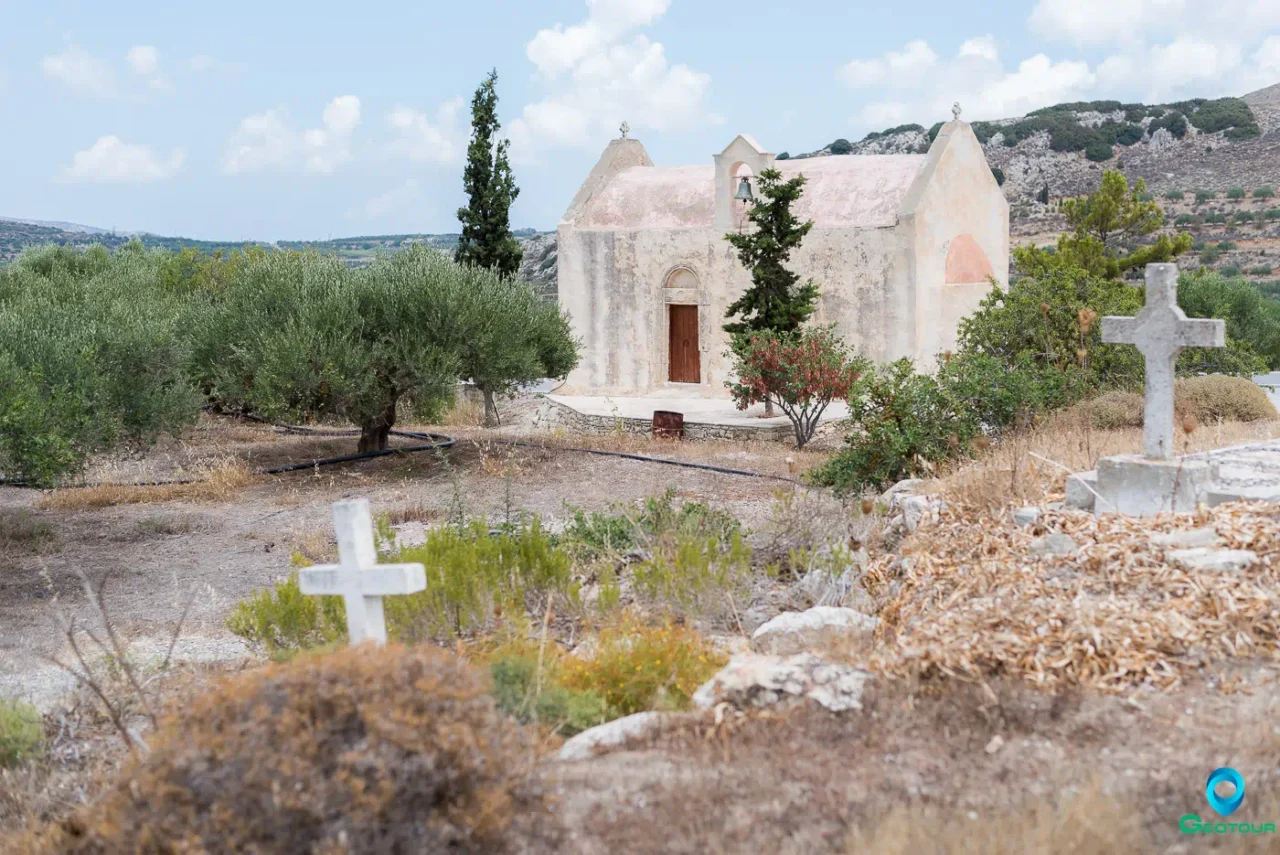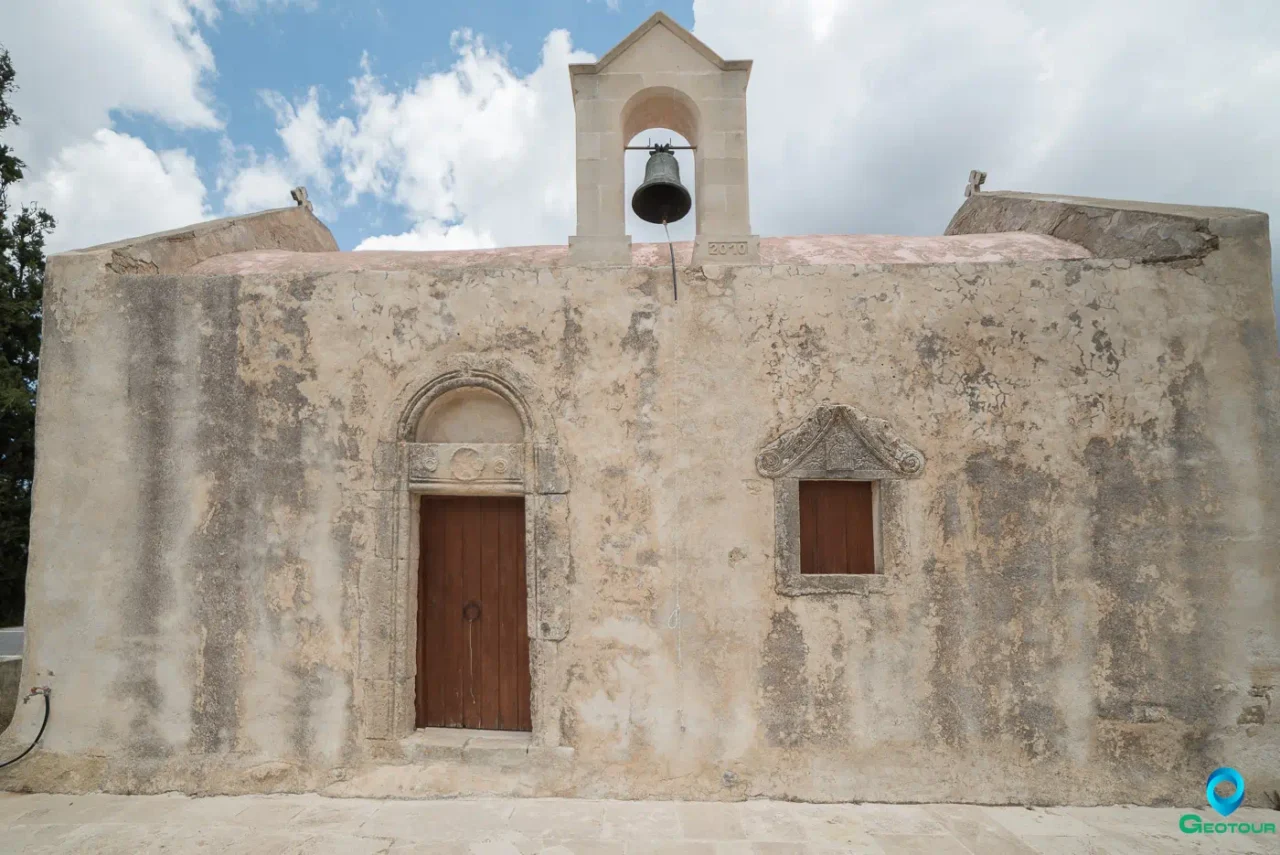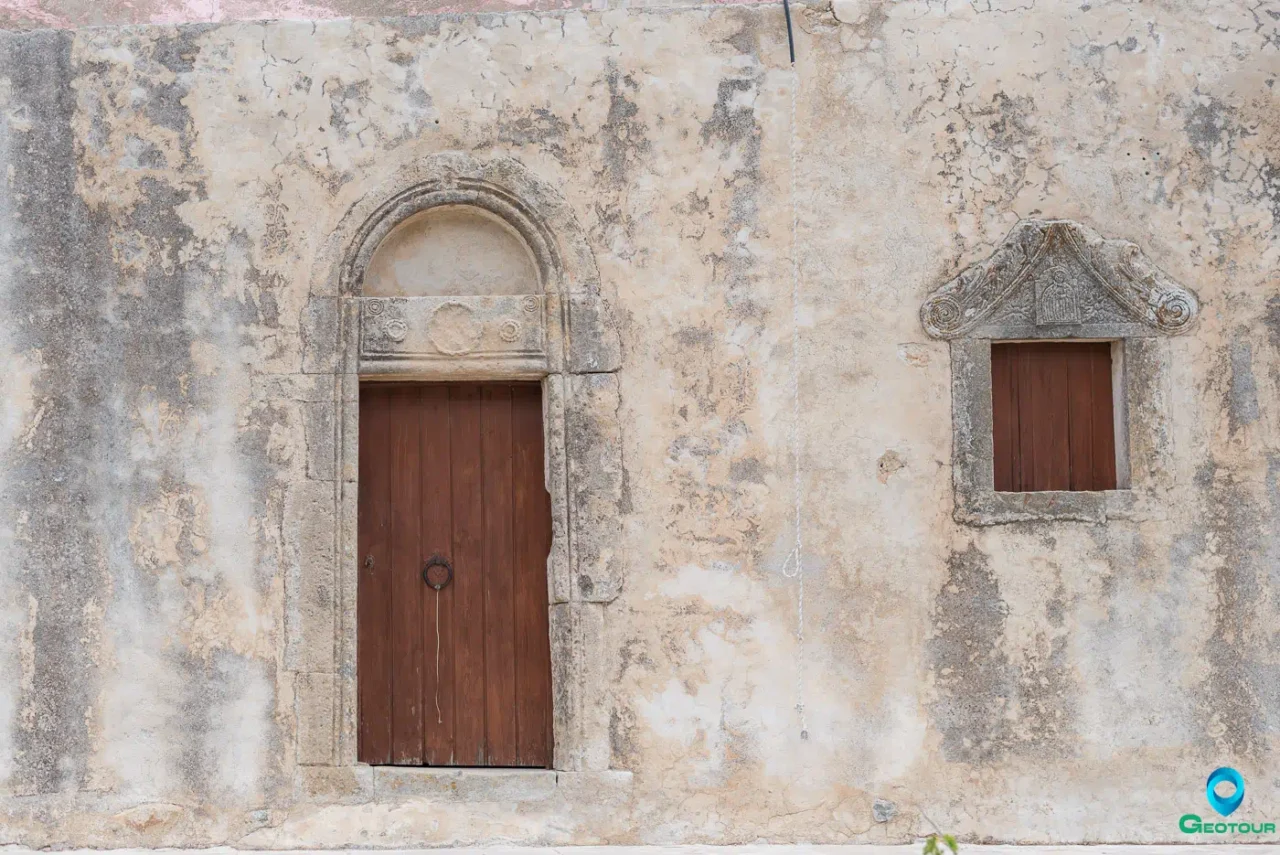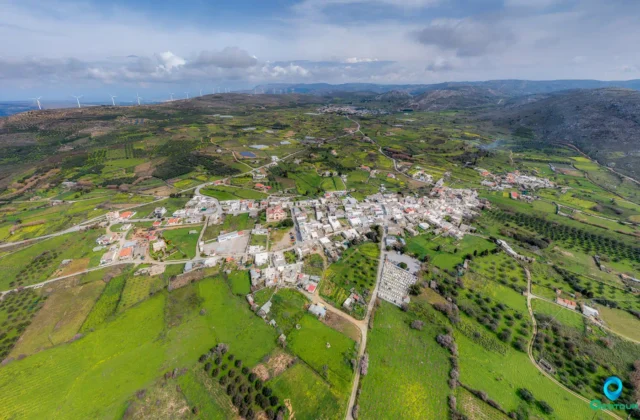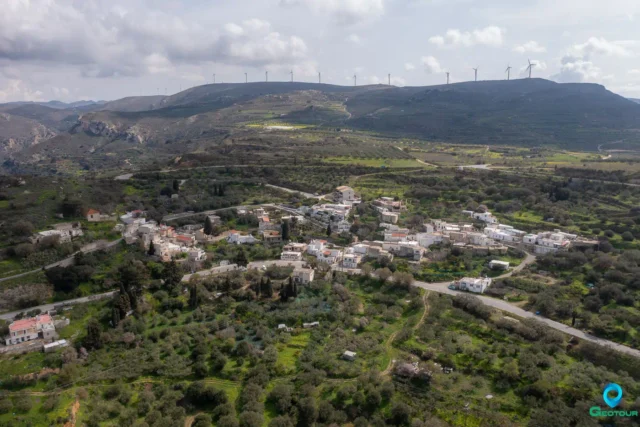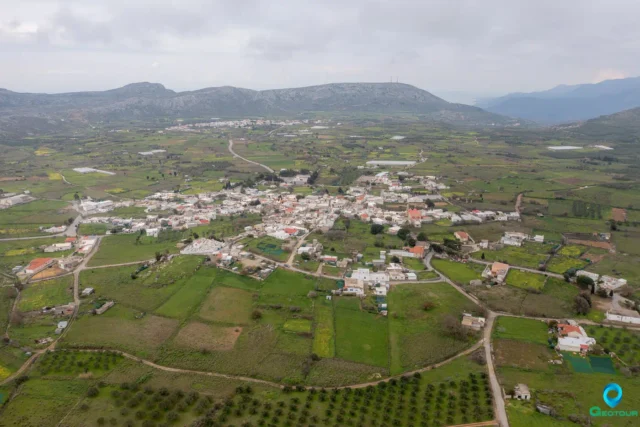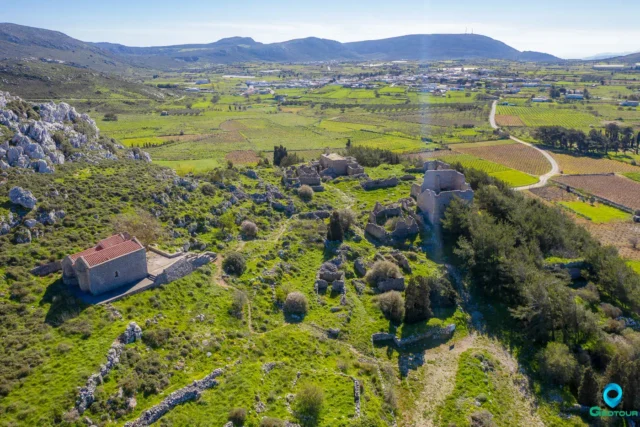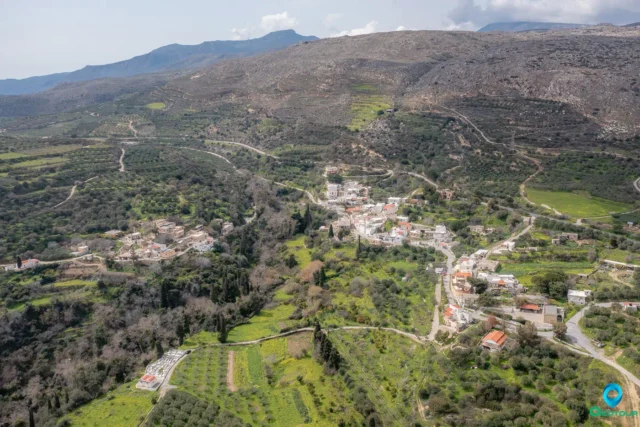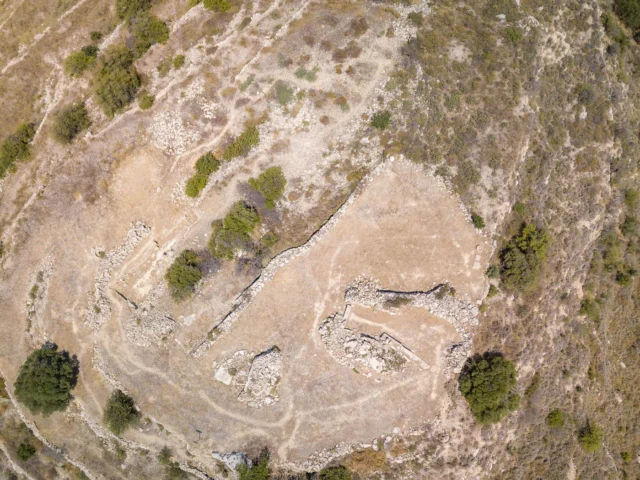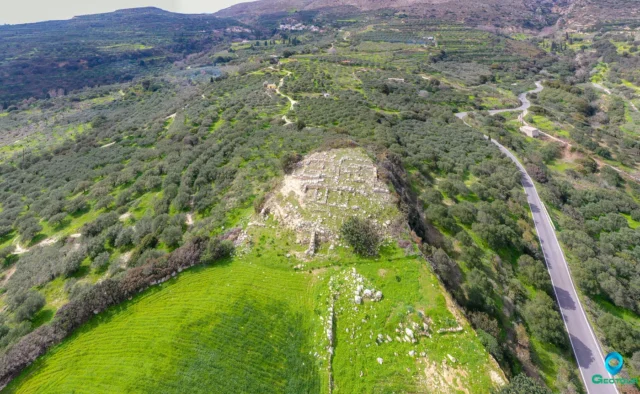A Historical Overview
Etia (Ετιά), sometimes spelled Ethia (Εθιά), is a village located in the Armeni municipality within the Sitia regional unit in eastern Crete, Greece. As of the 2011 census, the village has no permanent population. It is situated at an altitude of 510 meters, 14 kilometers south of Sitia. Etia was once among the largest villages in Venetian Crete and is home to a well-preserved Venetian mansion. Today, it is designated as a traditional settlement.
Evidence suggests that Etia may have existed as far back as the Byzantine era, as indicated by the presence of the churches of Agia Aikaterini (Saint Catherine) and Agios Ioannis (Saint John), both of which bear traces of wall paintings. Its name is thought to originate from the willow tree, known as “Etia” or “Ethia” in Crete.
The area around Etia appears to have been a feudal estate of the De Mezzo family, who constructed a grand mansion within the village. Although partially destroyed, the mansion remains one of the most captivating examples of Venetian architecture in Crete.
Historical records provide a timeline of Etia’s existence:
- 1577: Francesco Barozzi mentions Etia as part of the Sitia province.
- 1583: The Venetian census by Kastrofylakas lists Etia (Ettea) with 564 inhabitants.
- 1630: Vasilikata refers to the village as Ethea.
- 1671: The Turkish census records it as Nitye.
Following the departure of the Venetians, the De Mezzo mansion was repurposed as a residence for Turkish dignitaries and became known as Seragio (Σεράγιο) or Serai (Σεράι).
Etia is noted as the birthplace of the Janissary Mazlum Aga, or Baluxis, a figure known for his actions during the pre-revolutionary period. In December 1828, amidst the revolution, the mansion became a site of conflict, ultimately leading to the removal of its wooden roof by revolutionaries.
The Egyptian census of 1834 identifies the village as Nethia, while in 1881, it is listed as Etia under the municipality of Hantra. By 1900, the population had dwindled to 8, with the Muslim residents having departed. In the 1920 census, Etia fell under the rural municipality of Armeni.
Population Through the Ages
Year |
Population |
Notes |
|---|---|---|
1583 |
564 |
Ettea |
1881 |
112 |
18 Christians, 94 Muslims |
1900 |
8 |
as Itea |
1928 |
22 |
|
1940 |
53 |
|
1951 |
47 |
|
1961 |
34 |
|
1971 |
14 |
|
1981 |
8 |
|
1991 |
– |
|
2001 |
– |
|
2011 |
0 |
|
2021 |
0 |
Churches
Within the village, the church of Agios Ioannis (Saint John), adorned with frescoes, and the church of Agia Aikaterini (Saint Catherine) remain points of interest. During the Ottoman period, the latter was converted into a mosque and functioned as such until 1897.
The De Mezzo Villa
The De Mezzo mansion, located at the northern end of the village, stands as a significant example of Venetian architecture in Crete. Historical accounts suggest it was originally a three-story structure, but successive periods of destruction have left only the ground floor intact. Above the main entrance, the De Mezzo family coat of arms is still visible. The mansion was once surrounded by a courtyard featuring an impressive entrance, which no longer exists. To the right of this entrance, on the eastern side of the courtyard, Bishop Meletios of Triviza constructed a fountain in 1701.
The residence of the De Mezzo nobles, feudal lords of the region, commands a prominent position within the settlement. It stands as a testament to Venetian secular architecture in Crete.
The initial construction phase of the mansion can be traced back to the late 15th century. Its current design, enriched with Renaissance elements, emerged in the early 17th century. The exterior exhibits a fortress-like character. The floor plan is nearly square, with an imposing main entrance on the south side.
Archival research and stylistic comparisons with structures like the nearby monastery of Agia Sofia (1634) and the Toplou Monastery (renovated between 1613 and 1619) suggest that the final form of the De Mezzo mansion was likely constructed between 1620 and 1635.
The mansion’s history is marked by periods of transformation and damage:
- Post-Venetian Era: Following the Venetian era, Turkish officials occupied the mansion.
- 1828: Clashes between Turks and Christians led to the removal of the mansion’s wooden roof.
- 1856: An earthquake caused significant damage, including the collapse of sections of the upper walls.
- Post-1897: The mansion suffered from systematic looting and removal of building materials.
- Mid-20th Century: The mansion was used as a stable for animals.
In 1959, the Archaeological Service purchased the mansion, and it was declared a historical protected monument.
Restoration Efforts
The De Mezzo mansion has undergone several phases of restoration:
- 1973-1977: Extensive restoration work was undertaken.
- 1995-2001: The Siteia Development Organization contributed to restoration efforts.
- 2006-2007: A restoration study was conducted.
- 2007-2008: The 13th Ephorate of Byzantine Antiquities carried out a restoration project focusing on the vaults, terrace, internal spaces, fountain, and courtyard. The total cost of this project was €318,289.79.
These restoration efforts have sought to preserve the mansion’s architectural heritage, ensuring its legacy as a remarkable example of Venetian influence in Crete.
Etia: Present Day
Today, Etia stands as a quiet reminder of Crete’s rich and layered past. Though devoid of permanent residents, the village and its remarkable Venetian mansion continue to intrigue historians and visitors alike. The De Mezzo mansion, having witnessed centuries of change and conflict, now serves as a cultural landmark, offering a tangible link to Crete’s Venetian era.
Settlement: Key Points
- Historical References: Mentioned as early as 1577.
- Location: Armeni municipality, Sitia regional unit, eastern Crete.
- Historical Significance: Once a major settlement in Venetian Crete; home to the De Mezzo Venetian mansion.
- Population Data: See table above.
- Current Status: A protected traditional settlement with no permanent population.
References
- Wikipedia
- Chronaki, D. (2012). Restoration Works at the Villa De Mezzo at Etia, Siteia. In Archaeological Work in Crete 2 (pp. 128–131). Faculty of Letters Publications, University of Crete.








